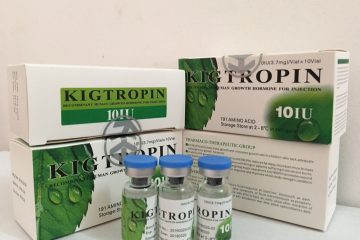Power steering systems are crucial components of modern vehicles, providing drivers with ease of maneuverability and control. However, issues such as power steering fluid bubbling can significantly affect the performance and safety of a car. When power steering fluid bubbles, it indicates a problem within the system that requires prompt attention. In this article, we’ll delve into the causes behind power steering fluid bubbling and explore potential solutions to rectify the issue.
Causes of Power Steering Fluid Bubbling
- Air Entrapment: One of the primary reasons for power steering fluid bubbling is the presence of air in the system. Air can enter the power steering system through various avenues, such as leaks in the hoses or fittings, low fluid levels allowing air to be drawn in, or during component replacement or repair if the system is not properly bled.
- Overheating: Excessive heat within the power steering system can cause the fluid to expand and bubble. Overheating may occur due to prolonged and strenuous driving conditions, such as towing heavy loads, driving at high speeds for extended periods, or a malfunctioning power steering pump or cooler.
- Contaminants: Foreign particles or contaminants in the power steering fluid can disrupt its flow and create air bubbles. Contaminants may enter the system through dirty or old fluid, which can result from neglecting regular maintenance or using low-quality fluid.
- Fluid Degradation: Over time, power steering fluid can degrade due to exposure to heat, moisture, and contaminants. Degraded fluid may form foam or bubbles when circulated through the system, leading to reduced lubrication and hydraulic efficiency.
- Mechanical Issues: Faulty or worn-out components within the power steering system, such as the pump, pressure hose, or steering rack, can contribute to fluid bubbling. These issues may arise due to wear and tear, lack of maintenance, or manufacturing defects.
Solutions to Address Power Steering Fluid Bubbling

- Inspect and Repair Leaks: Start by thoroughly inspecting the power steering system for any signs of leaks, including wet spots or puddles under the vehicle, loose fittings, or damaged hoses. Repair any leaks found and replace worn-out components as necessary to prevent air from entering the system.
- Check and Top Up Fluid Levels: Ensure that the power steering fluid reservoir is filled to the proper level with the recommended fluid type. If the fluid level is low, it may be necessary to add more fluid and bleed the system to remove any trapped air.
- Flush and Replace Fluid: Periodically flushing and replacing the power steering fluid can help remove contaminants and maintain optimal system performance. Use a high-quality power steering fluid that meets the manufacturer’s specifications to prevent degradation and foaming.
- Cooling System Maintenance: To prevent overheating of the power steering fluid, ensure that the vehicle’s cooling system is functioning correctly. Check coolant levels, inspect hoses and connections for leaks, and clean or replace the radiator as needed to maintain proper engine temperature.
- Inspect and Service Components: Regularly inspect and service power steering components, such as the pump, hoses, and steering rack, to identify any signs of wear or malfunction. Replace worn-out parts and lubricate moving components to ensure smooth operation and reduce the risk of fluid bubbling. You can find out more at the link: https://outdoorlogic.net/how-to-install-an-auto-spring-leveling-kit/
- Proper Bleeding Procedure: When performing repairs or component replacements that involve opening the power steering system, follow the manufacturer’s recommended bleeding procedure to remove air from the system effectively. This will help prevent air pockets and ensure proper fluid circulation.
In conclusion, power steering fluid bubbling can stem from various underlying causes, including air entrainment, overheating, contaminants, fluid degradation, and mechanical issues. Addressing these issues promptly and implementing appropriate solutions, such as repairing leaks, maintaining fluid levels, flushing and replacing fluid, ensuring cooling system efficiency, inspecting and servicing components, and following proper bleeding procedures, can help restore the proper functioning of the power steering system and ensure optimal vehicle performance and safety. Regular maintenance and attentive care are essential to prevent power steering fluid bubbling and maintain the longevity of the power steering system.


